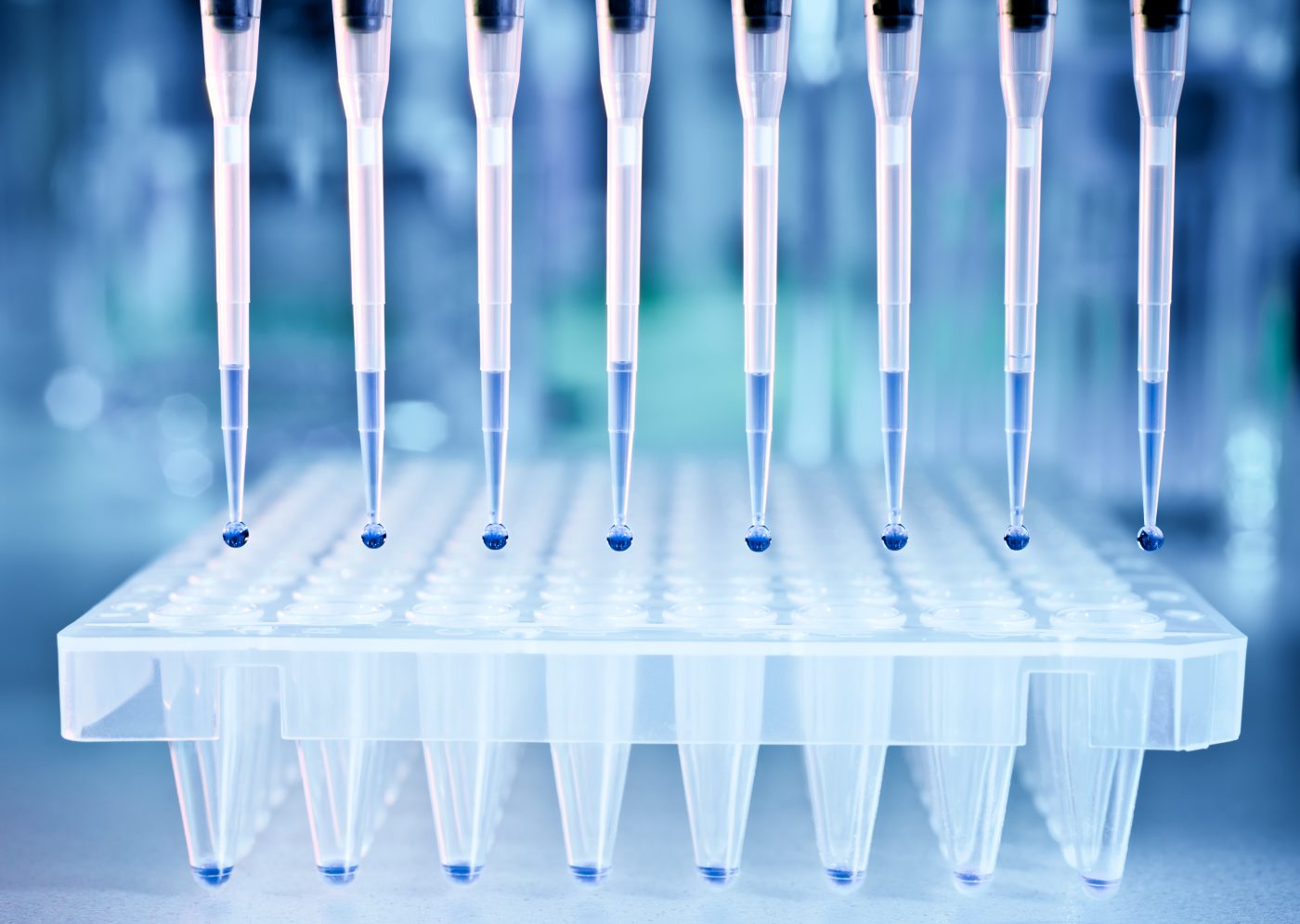The biotech company Igenomix has developed the first molecular test to identify the nine most common bacterial species underlying chronic endometritis, a persistent inflammation of the uterine endometrium that particularly affects women with endometriosis.
The test, called ALICE, is a fast, inexpensive, and accurate diagnostic tool that hopes to improve the clinical management of infertile women suffering from this often asymptomatic condition.
The results of the molecular test were published in the American Journal of Obstetrics & Gynecology, in a study titled, “The diagnosis of chronic endometritis in infertile asymptomatic women: a comparative study of histology, microbial cultures, hysteroscopy, and molecular microbiology.”
Chronic endometritis is a persistent inflammation of the endometrium due to the presence of bacteria. The most common agents triggering the disease are members of the Enterobacteriaceae family, Enterococcus faecalis (bacteria normally found in feces), Streptococcus, Staphylococcus, Mycoplasma, and pathogens of the genitalia, such as Ureaplasma urealyticum, Chlamydia trachomatis, and Neisseria gonorrhoeae.
Although generally asymptomatic, chronic endometritis has been linked to infertility in up to 40 percent of the patients, contributing to the failure of reproductive-assisted strategies and to miscarriages.
Moreover, in a previous study, the disease was shown to affect significantly more women with endometriosis than those without it, at 53 percent versus 27 percent, respectively. This suggests a strong association between the two diseases.
The diagnosis of chronic endometritis is still largely dependent on analysis of endometrial tissue combined with microbial cultures, but this strategy is limited, as “not all the micro-organisms involved can be cultured. Specifically, between 20% and 60% cannot be grown in standard laboratory conditions and, as a result, information is lost,” Inmaculada Moreno, PhD, the study’s first author, said in a press release.
Another method of diagnosis relies on inspecting the uterine cavity with a thin, fiber-optic tube in a process called hysteroscopy. However, this procedure is invasive and fails to identify the bacteria.
So, researchers at Igenomix developed the first molecular diagnostic tool for chronic endometritis. This strategy overcomes the limitations of previous methods by combining the sensitivity and specificity of molecular tools.
“Our aim was to develop a molecular diagnostic tool, comparable, in terms of sensitivity and accuracy, to using the three classical methods combined, overcoming any of their individual or collective shortcomings,” Moreno said.
The new method, called ALICE, which is short for Analysis of Infectious Chronic Endometritis, was designed to identify specific molecular signatures of nine different pathogens responsible for chronic endometritis – including Enterobacteriaceae, Enterococcus, Streptococcus, Staphylococcus, Mycoplasma, and Ureaplasma – using a technique called quantitative real-time PCR.
Researchers tested the sensitivity and specificity of the new method in 65 patients who had been evaluated using the three traditional methods of diagnosis, namely histology (tissue analysis), hysteroscopy (inspection of the uterus), and microbial culture.
Of the 65 patients, only 13 (20 percent) had a concordant diagnosis of chronic endometritis between the three standard tests. In this set of patients, the molecular test confirmed that nine patients were positive for at least one of the pathogens tested. The most common pathogens detected were members of the Streptococcus species, followed by Enterococcus and G. vaginalis.
“The only patient diagnosed as negative based on the 3 classic methods was also negative for the molecular evaluation of chronic endometritis,” researchers wrote.
The three remaining patients had discordant results. In total, the molecular test was in agreement with the three standard tests in 10 of the 13 cases, giving it an accuracy of 76.92 percent.
Researchers conducted further analysis to confirm the results. They performed a profiling of all the bacterial species present in the 13 endometrial samples via a technique called next-generation sequencing.
The results confirmed the presence of bacterial DNA in 12 of the 13 endometrial samples. The most common bacteria was Lactobacillus, or “friendly” bacteria normally found in the digestive, urinary, and genital tract without causing disease. These were followed by bacterial species associated with chronic endometritis: Streptococcus and Gardnerella.
Most importantly, the sequencing results were in agreement with those of the molecular test in 11 of the 12 cases, an accuracy rate of 91.67 percent.
Highlighting the protective characteristics of Lactobacillus, the samples that positively diagnosed chronic endometritis in all diagnostic methods had a lower percentage of lactobacilli, while those that were negative were linked to a higher prevalence of the friendly bacteria.
In a previous study, researchers found that in healthy women, an endometrium with a poor Lactobacillus population was linked to lower implantation and pregnancy and higher miscarriage rates.
Igenomix developed the EMMA test — for Endometrial Microbiome Metagenomic Analysis — to determine the percentage of lactobacillus present in the endometrium to improve a patient’s reproductive prognosis.
“This research, which led to the EMMA (Endometrial Microbiome Metagenomic Analysis) test, also allows us to determine the complete profile of bacteria in the patient’s endometrium – the endometrial microbiome,” Moreno said.
Treating a patient with a poor lactobacillus endometrium with probiotics — healthy bacteria like lactobacillus — prior to embryo transfer, increases a patient’s chances for success at pregnancy, Moreno added.
Overall, these findings suggest that enhancing a healthy endometrium microbiome is key for women’s reproduction.

